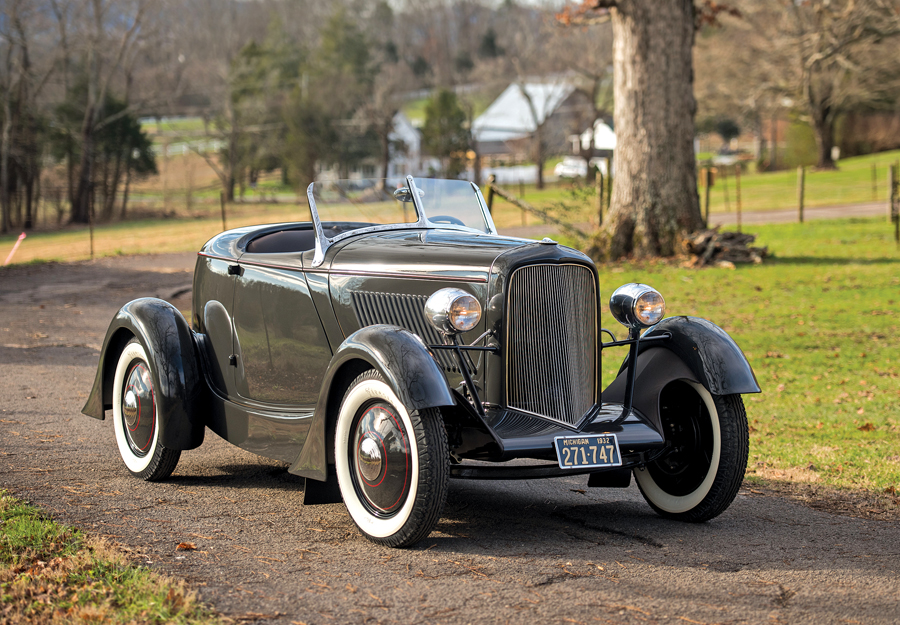- The first of three one-off custom speedsters built for Edsel Ford
- Designed by E.T. “Bob” Gregorie and constructed by Ford Aircraft Division
- Amelia Island Concours d’Elegance major award winner
- A highly significant landmark of Ford history and design
- Offered for the first time in over 70 years
Chassis Number: 1814449

